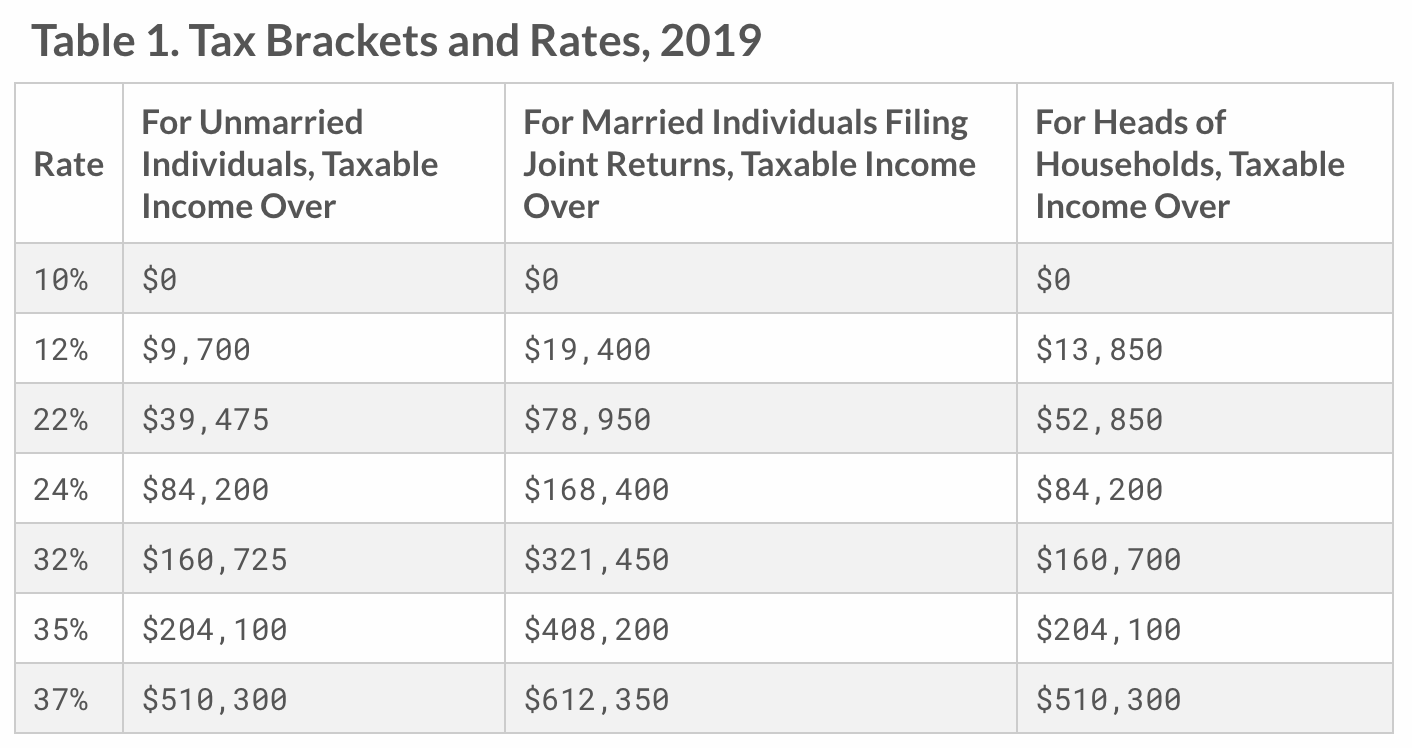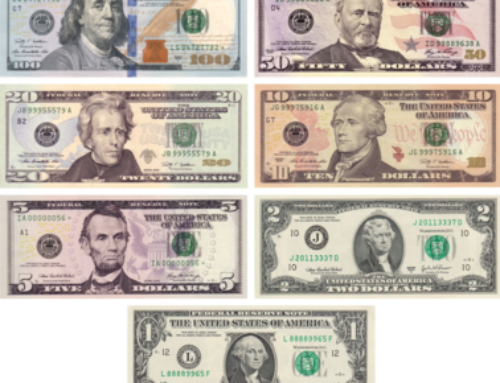I am mostly an Index fund buyer. However, I very much like Warren Buffet’s stock buying mentality for Berkshire Hathaway, which I hold stock in. I was recently asked what about investing in a luxury brand, such as Rolex, as the price of Rolexs has soared since covid.
Adapted from https://www.liberatedstocktrader.com/rolex-stock/#:~:text=in%20this%20report.-,Is%20Rolex%20on%20the%20Stock%20Market%3F,and%20scholarships%20for%20the%20underprivileged.
5 Great Alternatives to Rolex Stock
Three good alternatives to investing in Rolex stock are Ferrari, Kering, LVMH, Hermes, and Nike.
1. Ferrari NV (NYSE: RACE)
Most people cannot afford a Ferrari, but they can buy Ferrari (RACE) stock. Ferrari’s value comes from its brand, like Rolex.
Brand Finance named Ferrari the world’s strongest brand in 2020, with a Brand Strength Index (BSI) score of 94.1 out of 100. Ferrari was one of just 12 brands with an AAA+ rating.
Ferrari was Brand Finance’s strongest auto brand for seven years in a row. However, Ferrari was Europe’s second-strongest brand, with a Brand Index Score of 92.3 and an AAA+ brand rating in January 2022. Statista named Ferrari the fifth most valuable Italian brand, with a brand value of $8.34 billion in 2022.
Ferrari is a growing company. Its global net revenue grew from €3.460 billion ($3.72 billion) in 2020 to €4.271 billion ($4.59 billion) in 2021, Statista estimates.
Ferrari resembles Rolex because it has a carefully protected brand with a reputation for quality and luxury. Like Rolex, Ferrari makes a few high-quality products by hand and sells cars at a high price. Statista figures show Ferrari shipped 11,155 cars in 2021.
Ferrari caters to a growing market of millionaires like Rolex. Both Rolex and Ferrari are Formula One sponsor. Ferrari is the publicly traded company that most resembles Rolex.
2. Kering SA (Euronext Paris: KER-FR)
Kering SA (KER-FR), or LVMH, made headlines in December 2022 when Forbes named its chair and CEO, Bernard Arnault, the world’s richest man. Arnault replaced Tesla (TSLA) and SpaceX CEO Elon Musk as the wealthiest human. Aranult and his family had a fortune of $198.5 billion in January 2023, Forbes estimates.
Kering owns a stable of the world’s most iconic and valuable luxury brands. Those brands include Gucci, Yves Saint Laurent, Bottega Veneta, Balenciaga, Alexander McQueen, Brioni, Boucheron, Pomellato, DoDo, Qeelin, Montblanc, Dunhill, and ALAÏA.
View the Kering Chart Live On TradingView
One Kering brand, Gucci, had a global brand value of $18.1 billion in 2022, Statista estimates. Gucci’s brand value grew by $2.5 billion from $15.6 billion in 2021.
Kering SA also owns Yves Saint Laurent’s, with a brand value of $5.2 billion.
Kering can make enormous amounts of money. It reported annual revenues of €17.645 billion ($18.97 billion) in 2021. The revenues grew from €13.1 billion ($14.08 billion) in 2020 and €15.884 billion ($17.07 billion) in 2019.
Gucci alone generated €9.371 billion ($10.07 billion) in revenues in 2021. Saint Laurent generated €2.521 billion ($2.571 billion) in revenues, Bottega Veneta generated revenues of €1.503 billion ($1.62 billion), and Kering’s other houses (subsidiaries) generated €3.264 billion ($3.51 billion) in revenues in 2021.
Kering’s advantage is diversification. Kering markets many products, including jewelry, shoes, eyeglasses, handbags, clothing, and perfumes. This limits risks because Kering depends on several markets instead of one product, as Rolex and Ferrari do.
One advantage Kering has is the ability to sell luxuries at many prices. Thus, Kering can offer cheaper luxuries in a poor economy and more expensive items when times are good. It also sells products people always need. People still buy shoes, eyeglasses, and clothes in the worst economies. Consumers can put off the purchase of a Ferrari or a Rolex watch.
Bernard Arnault’s success at Kering SA shows luxury goods are moneymakers that can become value investments. Iconic luxury brands such as Gucci, Rolex, and Ferrari can become value investments.
3. LVMH Moët Hennessy Louis Vuitton
LVMH (Moët Hennessy Louis Vuitton SE) is a French multinational conglomerate and the world’s largest luxury goods company headquartered in Paris, France. The company is a diversified luxury goods group with dozens of highly recognizable brands. Their portfolio includes fashion and leather goods (Louis Vuitton, Fendi, Celine), wines and spirits (Dom Perignon, Hennessy Cognac), perfumes and cosmetics (Givenchy, Guerlain, Christian Dior), jewelry and watches (TAG Heuer, Bulgari), select retail stores (Sephora, Le Bon Marche), and other luxury goods.
The company is focused on innovation and customer engagement to drive growth across all of its brands. LVMH employs over 130,000 people in more than 100 countries.
View the LVMH Chart Live On TradingView
LVMH is a holding company that owns 75 luxury product brands. They divide the LVMH business into six “houses.” Each house specializes in a specific area of luxury products. The houses include:
- Wines & Spirits
- Fashion & Leather Goods
- Perfumes & Cosmetics
- Watches & Jewelry
- Selective Retailing
- Other Activities
Sephora is a part of the selective retailing group, which operates over 5,000 stores worldwide. LVMH owns legendary luxury brand names, including Louis Vuitton, Christian Dior, Tiffany & Co., Château Cheval Blanc, TAG Heuer, Maison Kenzo, Virgil Abloh, and Krug.
4. Hermes International (Euronext Paris: RMS)
Hermes International is a French luxury fashion house specializing in leather and lifestyle accessories. Founded in 1837 by Thierry Hermes in Paris, it is one of the oldest firms still in existence today. The company is renowned for its high-quality, handcrafted products, such as leather handbags, clothing, shoes, jewelry, perfume, silk scarves, ties, and watches.
View the Hermes Chart Live On TradingView
Hermes has a long history of producing some of the most coveted items in the luxury world. Thierry’s sons Emile and Charles took on the family business after his death in 1892 and continued to expand their reach into different areas of fashion.
Over the years, Hermes has become an international powerhouse with stores across Europe, Asia Pacific, and America selling their premium clothing lines from casualwear to couture pieces, all embodying the same philosophy; an appreciation for fine craftsmanship. Alongside this, they have also established strong roots within philanthropy, contributing to various charities.
5. Nike Inc. (NYSE: NKE)
Nike (NKE), like Rolex, is an iconic brand that dominates a category of consumer goods. Nike’s advantage over Rolex is its far larger consumer base.
Nike sells luxury products, shoes, and athletic apparel that middle and working-class people can afford. This gives Nike more revenue, brand value, and growth potential than traditional luxury brands such as Rolex and Ferrari.
Nike had a worldwide brand value of $33.176 billion in 2022, Statista estimates. The brand value grew from $30.443 billion in 2021 and fell from $34.792 billion in 2020.
7 Great Tax Benefits of Investing in Real Estate
This post may contain links from our sponsors. We provide you with accurate, reliable information. Learn more about how we make money and select our advertising partners.
If you’ve been exploring different ways to create passive income, you may already know about the many benefits of real estate investing. After all, real estate is one of the most popular side hustles for physicians and for good reason.
The ability to create generational wealth and cash flow that replaces the need for your day job is definitely possible using this vehicle. In fact, we created our Facebook group, Passive Income Docs, so people could share such stories with each other.
I’ve previously mentioned the top ways to make money through investing in real estate. As a quick summary though, the main four ways to do this are:
- Appreciation – The property goes up in value over time.
- Cash Flow – Real estate can be a source of monthly recurring cash flow.
- Mortgage paydown – Your mortgage gets paid down by your tenant increasing the amount of equity you have in the property.
And last but not least (and the topic of today’s post):
4. Taxes
I’ve touched on a few of these tax benefits in the past, but I’d like to elaborate a little further–since we’re approaching the end of this tax season. Of course, tax law is complicated, but for this post, I’m going to try to break down some of the ways you can use these benefits to your advantage.
Disclaimer: I am not a tax professional and you should always consult your CPA or tax professional before making any decisions.
Capital Gains
“Capital gains” are simply the profits you receive from the sale of a property. Just like any other gains, it is subject to being taxed. However, depending on a few factors, it’s taxed differently, and knowing what those different ways are, you might be able to work things in your favor.
1. Short-Term and Long-Term Capital Gains
Depending on the length of time that you hold the investment before selling it, those capital gains can be classified as either short-term (less than a year) or long-term (a year or longer).
Short-term capital gains are taxed as ordinary income, so it depends on whatever tax bracket you’re in. For the typical physician, this usually puts us in one of the higher brackets which could be at 35% or 37%. Here’s a quick refresher on the current tax brackets.

However, long-term capital gains fall into one of three buckets depending on the income and your marital status. See the chart below.

So, with all that in mind, let’s say that you sold a rental property for a profit of $450,000. As a married couple filing jointly, you would be paying a capital gains tax of 15% on that profit, which equates to $67,500. Compare this to if you had to pay the normal 35%. If you’re in that tax bracket, you’d pay $157,500– a $90,000 difference!
To benefit the most from reductions in capital gains, it pays to be in the long-term bucket.
2. Capital Gains Home Exclusion Tax Benefit
If you have owned and used the property as your primary residential home for at least two out of the last five years before selling it, you’re eligible for this exclusion.
This exclusion according to the IRS states that “if you have a capital gain from the sale of your main home, you may qualify to exclude up to $250,000 of that gain from your income, or up to $500,000 of that gain if you file a joint return with your spouse.”
Here’s a simple example. Let’s say you’re married and bought a home for $500,000. You lived in it for two years, then rented it out for the last three years and decided to sell it. It sold for $1,000,000, leaving you with a $500,000 profit. Well, you qualify under the exclusion to receive that profit completely tax-free. If you’re a high-income professional in a higher tax bracket, that can be significant savings.
3. No Self-Employment or FICA Taxes Paid on Rental Income
Rental income is not subject to social security and Medicare taxes. Depending on whether you’re employed or self-employed, you could be paying 7.65% to 15.3% toward this FICA tax on other income. The tax is in the amount of 15.3% and it is split 50/50 between the employer and the employee. If you are self-employed, however, and have no employer, you are responsible for the full 15.3%, and this is known as self-employment tax.
Again, this might depend on how you classify your self-employment (example S vs C), but that 15.3% could be a significant amount. It just goes to show that all income is not treated equally. It’s a reason to push for more passive income sources–particularly those designated as such in the eyes of the IRS.
4. Depreciation
Another big deduction is depreciation, whereby the IRS allows you to deduct the cost of business items that have a “shelf life,” like the building itself. Some might consider this the most powerful tax benefit of investing in real estate.
Over time, the real estate in which you’ve invested is going to start breaking down. Fortunately, you’re allowed to write off an income-producing property based on wear and tear.
HOW DOES IT WORK?
First, you have to determine the value of the actual building apart from the land and then divide that value by the useful life of the property. According to the IRS, that lifespan equates to a number, which is 27.5 for residential properties and 39 for warehouse/commercial properties. Then, you deduct that precise amount each year.
For example, if your rental property (the building itself) is valued at $500,000, you would divide that by 27.5 years (~$18,000). Now, you can deduct $18,000 as a depreciation expense each year for 27.5 years. This deduction allows you to report a smaller profit to the IRS, thereby reducing the amount you ultimately owe in taxes. In this way, you can offset the gains.
Normally, if you show a loss on paper as a result of depreciation, you can only use it to offset passive gains from other properties or investments. But if your modified adjusted gross income is less than $100,000, then you can offset $25,000 of your income. Otherwise, if there is an excess loss, you have to carry it forward to the next year.
There are two exceptions to this: 1) You are able to deduct of all of the cumulative passive rental loss against non-passive income the year you sell the rental property. Or, 2) If you or your spouse qualify as a real estate professional, you’re able to offset active income. This is a very powerful tool and something my friends behind SemiRetiredMD utilize. I also plan to do the same this year (and report back!).
5. 1031 Exchange
The 1031 Exchange is named because of where it sits in the IRS tax code (Section 1031). It states that a taxpayer may defer recognition of capital gains and related Federal income tax liability on the exchange of certain types of property, including real estate. What that means in simple terms is that capital gains taxes are only paid upon the sale of a property, without an exchange. Otherwise, these taxes are deferred.
This deduction is valuable to investors because you can roll over capital gains from one investment property to the next and avoid being taxed until you sell your property.
There are some specific rules, however. First, the replacement property must be equal to or greater than the existing property. Second, the exchange should be for an asset (e.g., a real estate investment trust). Third, the property needs to be “held for productive use in a trade or business or for investment and can be exchanged for like-kind property”.
If you end up holding it until your death, whoever inherits your property does not “inherit” your tax burden. They receive the property on a stepped-up basis, meaning it’s as if they bought the property at the current market value. They only pay taxes going forward based on that current value.
The only consideration is that estate taxes may come into play if your estate is greater than $5 million. This situation would fall squarely into the category of a “good problem to have.”
6. Tax-Free Borrowing (Refinancing)
If you refinance, you are able to borrow against the appreciation and increased equity of a property tax-free. You can then use those funds for other investments and acquire more (units if that’s your goal).
For example, let’s say you bought an apartment building for $500,000. The property is now worth $1 million. You do a cash-out refinance and pull out $500,000 to put toward the purchase of the next building. This is a tax-free situation, and one you can utilize to continue growing your streams of passive income without paying more in taxes.
7. Opportunity Zones
This one is a bit new and part of the Tax Cut and Jobs Act of 2017. Special zones around the United States have been designated as “Opportunity Zones” and the government is trying to stimulate growth and investment in those areas. They’ve decided to do so mainly through tax incentives.
I go deeper into the benefits in my post Investing in Opportunity Zones: What’s This Amazing Opportunity All About? However, in essence, it’s an opportunity to further delay paying taxes on gains for nearly 10 years as well as put those gains to work and not get taxed on the profits from it.
It can be a tremendous incentive that people are just figuring out how to take advantage of. In fact, investment opportunity zones are popping up all around and I think you’ll see more of them as the year goes on.
Conclusion
If you’ve begun investing in real estate, whether, through crowdfunding or other passive income strategies, it pays to know about the many tax benefits like these. You might’ve heard it said that you shouldn’t let the “Tax tail wag the dog” meaning you shouldn’t make investment decisions based on the tax benefits.
However, in real estate, the tax benefits are often so powerful if used correctly that it makes sense to make investment decisions with them in mind.
Of course, having a good CPA can take a lot of that load off your shoulders. But knowing what’s out there not only makes things easier for you come tax time, it also makes you a more savvy investor.





